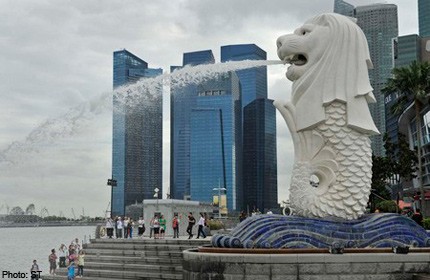Taking a broader view of heritage

Singapore's decision to conserve even warehouses deemed worthy attests to its confidence as a nation. Landscapes of the past reiterate Singapore's place in time by offering citizens evocative points of reference for a keener understanding of themselves as a people in the making. The landscape of the Padang area, for example, is a reminder of the historical depth of a city-state that today is dotted with shopping malls and other edifices of gilded modernity.
History, as what the present makes of the passage of time, can have certain leanings.
For example, there was once a tendency to celebrate the presentness of the past by preserving the architectural splendour of the island's colonial heritage. However, while ancientness counts, collective memories are also important because of the sustaining role that they play in national life. Thus, there is a need to move beyond the colonial era, in spite of its admittedly grand architectural legacy, to more recent phases of Singapore's history.
Much has been accomplished since independence. As Singapore's 50th anniversary approaches, it is gratifying to note that the Urban Redevelopment Authority (URA) has broadened its conservation net to include warehouses, public housing flats, a former market, health-care facilities and places of worship.
This indication of the URA's willingness to recognise buildings beyond their architectural value is most welcome. The broadening of aesthetic horizons reflects well on Singapore's confidence as a post-colonial society.
The buildings classified by the URA are among repositories of collective consciousness and memory that help define Singapore.
Post-war buildings and institutions such as the Queenstown Library and the former Institute of Health in Outram might not add much to the skyline, but they capture essential moments of Singapore's evolution in many senses. The meanings attached to them by those who grew up in their vicinity or worked there would be particularly intense. However, they hold broader significance for Singaporeans as a whole, who have been touched by the rhythms and patterns of life clustered around such humble artefacts of quotidian existence. It is the everyday Singapore of yesterday which is worth preserving, just as today's ordinariness will become precious one day. Heritage is nothing if it is not a conservation within and among generations.
To enable younger Singaporeans to take possession of the country's heritage, the histories of conserved places should be recorded and disseminated as widely as possible.
Much as the natural environment attracts the protective instincts of Singaporeans, so should the built one.

This article was first published on June 19, 2014.
Get a copy of The Straits Times or go to straitstimes.com for more stories.